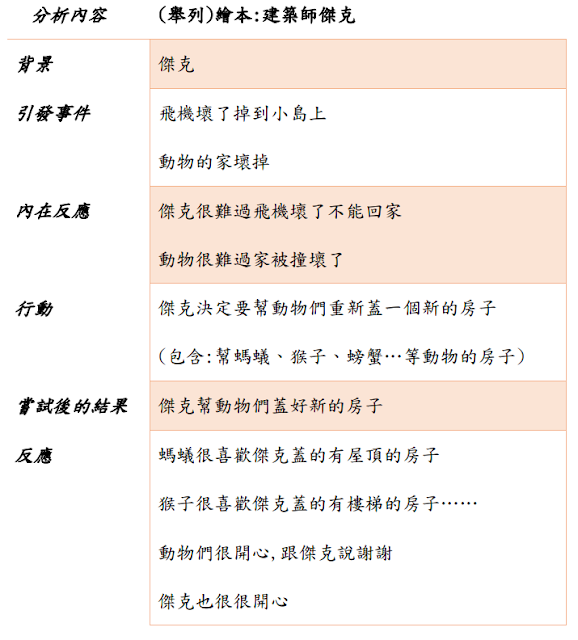唇顎裂
*顎咽閉合功能不全對言語的影響:
1.resonance共鳴:
(1)hypernasality
原因: VPI,Fistula, mouth opening, tongue position
(2)hyponasality:
原因:鼻腔窄小、呼吸道後方阻塞
(3)Cul-de-sac resonance:
原因: markedly deviated septum
(4)mixed nasality:
原因: pharyngeal flap
2.articulation構音:
(1)nasal emission
—鼻漏氣 (此時我們可以使用鏡子放在鼻腔的下方,觀察個案說話時鏡面是否有霧氣)
(2)weak pressure consonants
-所有的構音動作大都可做到但是構音所需的氣流/氣壓不足。
(3)compensatory misarticulations(代償性構音錯誤)
-glottal stop
-pharyngeal stop
-pharyngeal fricative
-pharyngeal affricate
-posterior nasal fricative
3.phonation發音
(1)Hoarseness
(2)Soft voice syndrome
*另外和VPI有關的症狀:
1.Nasal grimace
2.Nasal regurgitation
*Velopharyngeal insufficiency assessment(顎咽功能不全評估)
Pittsburg Weighted speech scale (PWSS)
--Speech assessment
Assessment by a speech-language pathologist is essential to the workup of velopharyngeal dysfunction. This begins with a perceptual speech evaluation to assess articulation, resonance, nasal airway emission and voice.
The Pittsburgh weighted speech score (PWSS), originally described in 1979 by McWilliams and Phillips is one tool that serves to grade VPI on a quantitative scale. This scale uses a standardized scoring system to evaluate a patient based on nasal air emission, facial grimace, resonance, voice quality and articulation. A sample patient assessment worksheet is shown in
The individual scores are summed and the total scores are used to classify patients into one of four categories of velopharyngeal function (in increasing order of dysfunction): Competence, borderline competence, borderline incompetence and incompetence.
*Low tech evaluation procedure
視覺Visual:mirror test,See scape TW
觸覺Tacile:感覺鼻腔兩側
聽覺Auditory:nose pitch,stethoscope,straw,listening tube
*儀器檢查:nasometer,nasopharyngoscope…
























